The itch you can’t scratch
Artist Sarabeth Wester talks about her experience with an itchy burden.
March 3, 2022
In life, we are always itching. There’s an itch when you need to get out of the house, and there’s that itch when you think about something that bugs you. And there’s the itch to do something great with your life we all know about. But I grew up with an itch that was far different from most people.
Lichen Planus isn’t a metaphorical annoyance, or a psychological itch I can fight by facing my mental health squarely. Instead, it’s something physical, like a fist fight, and stubborn, like a mule, a rash-inducing skin condition that can only be managed not cured.
As a kid, I imagined my Lichen Planus was a bubbly, pink, slimy monster that would grab on to me and never let me go. Ironically, I was told the only way I could fight it was to ignore it at all costs.
Lichen Planus is a chronic, rash-inducing skin condition, like eczema or psoriasis, but it acts very differently. My condition reacts to histamines, which are chemicals in the bloodstream that result from allergic reactions to things like mold, pollen, and even some foods.
Lichen Planus is described as rare and chronic by NORD’s Rare Disease Database and the actual cause is unknown as it can be triggered by a variety of things like medicines to treat high blood pressure, diabetes, and heart disease, and even stress and trauma.
But my Lichen Planus isn’t triggered by medicine or allergies; mine is the rarer, genetic type. Chronic, rare, pink, and itchy, there is no escape from the genetic variation that is my Lichen Planus.
At the age of six, I was scratching up my arms and legs to the point where they became pink with scabs and raw skin. It got to the point that my kindergarten teacher called my mom, concerned about what was wrong with me. Looking back, that was the moment I realized I would battle this skin condition for the rest of my life, struggling against the monster that had latched itself to me.
This condition, inflamed by anything that made me anxious, frustrated, or scared ended with me itching until I bled on my forearms, hands, or legs. I’d even itch unconsciously in my sleep if I had a nightmare, which meant I had to wear gloves when I slept. So when problems in my life began to flare up, so did my Lichen Planus.
Often, growing up, I would be told “stop scratching” or “don’t itch it” by my parents, but when my rash flared up I would feel as though I had to scratch until it stopped. I felt helpless. Sometimes the itching was the only factor I felt I could control; to some degree it was therapeutic, until I’d see the blood under my nails.
People always ‘itch’ to know if my condition is contagious. But their constant questions made me feel even more secluded and diseased, and because of that stress my rash flared back even stronger. I wanted answers; I wanted things to be different. The pink monster taunted me, making me wish I was normal, but I knew it would never go away.
A couple of years back I Googled “Celebrities with Lichen Planus” wondering if any are dealing with my condition. Not a single name came up. There was no celebrity, no one to connect to who had the monster, and that made me feel even more alone.
Over time, I prayed the Lichen Planus would go away and give me my life back, but it never stopped. The bloodied hands and ankles kept turning up, so I began to cover it up. I’d wear baggy hoodies and cover my scarred hands with the sleeves, and I would only wear pants to hide the back of my ankle.
When I didn’t cover it, my Lichen Planus was like a red flashing sign saying, “Look over here! Look at everything wrong with her! She’s diseased” I wouldn’t and couldn’t even wear skirts or dresses because every time someone saw it there was the same reaction: “Oh my god, what’s on the back of your leg!”
Sometimes, I found it funny. I’d respond with something like, “What are you talking about— Oh dear lord what is that!” or “It’s just the side effects of when the aliens abducted me!”
Other times, it wasn’t. It made me feel like I needed to hide in clothes so I’d feel comfortable. Even if that comfort wasn’t physical, it was a mental comfort that made me feel safe.
It could be 100 degrees Fahrenheit outside and I’d still wear a baggy hoodie and long pants because I would rather be sweating than be confronted about this part of myself.
Up until about freshman year, like my mental health, Lichen Planus was a part of myself I wanted to hide. I wanted to tuck it under a rug in a locked closet in the basement of an abandoned house.
It was a part of myself that I wanted gone, but everyone seems to have something like that. Some people want to be taller, others want to be thinner, there’s always something, some itch that we’d rather have been different.
The realization that hiding parts of myself made me feel worse was a hard pill to swallow, but it is something that everyone needs to understand. Once you realize that it is normal to not be perfect and that it is normal to have things you don’t like about yourself, then you can work to improve yourself.



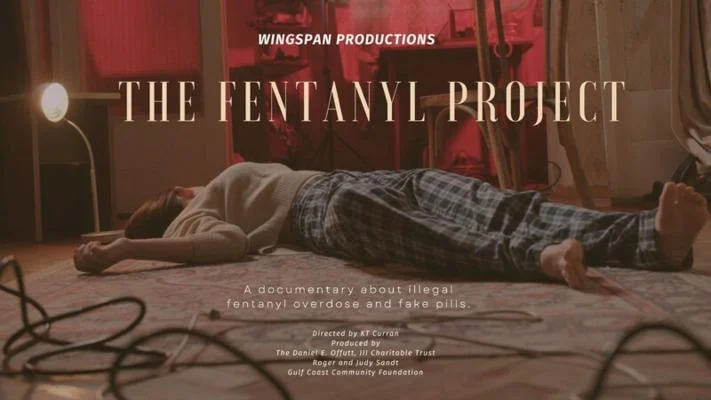


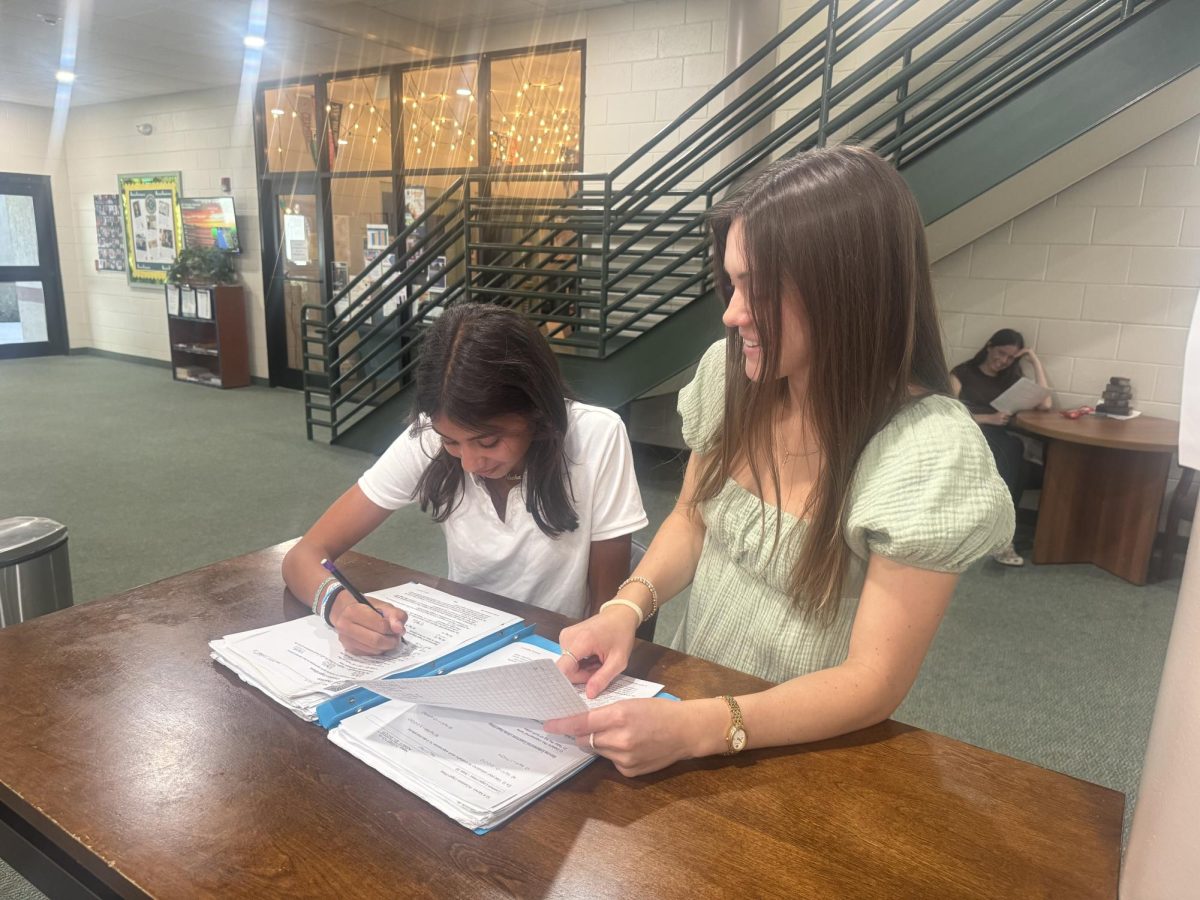


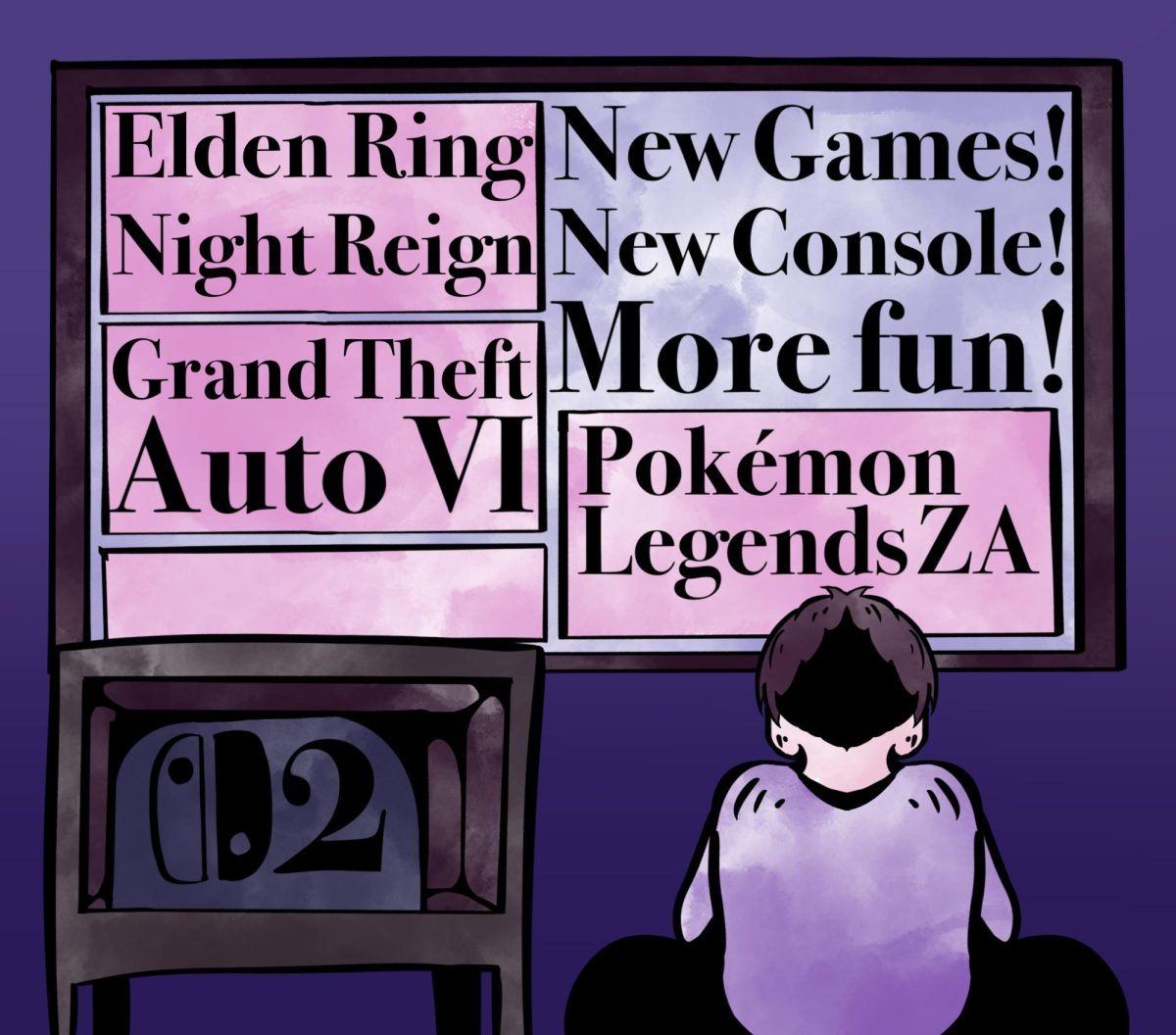



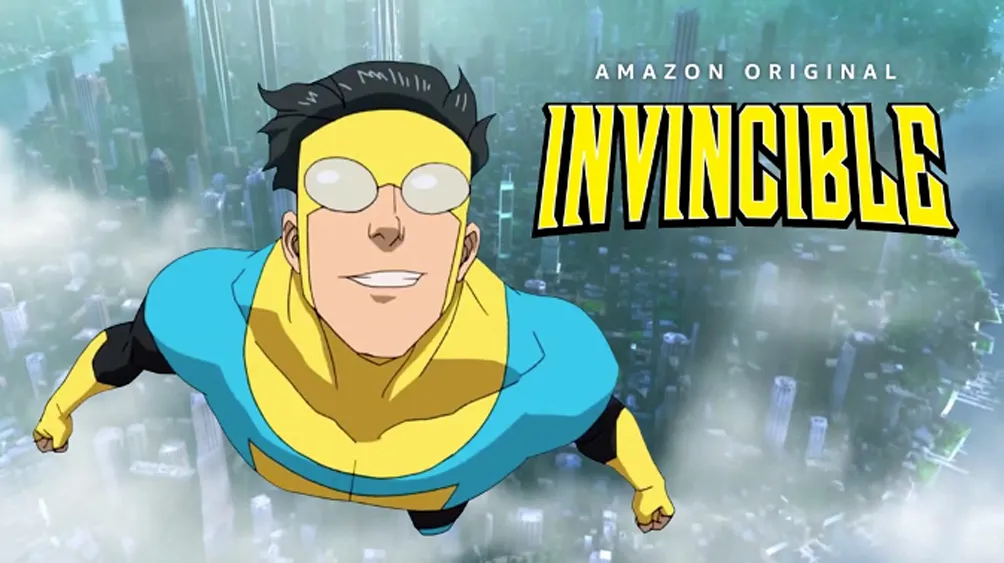


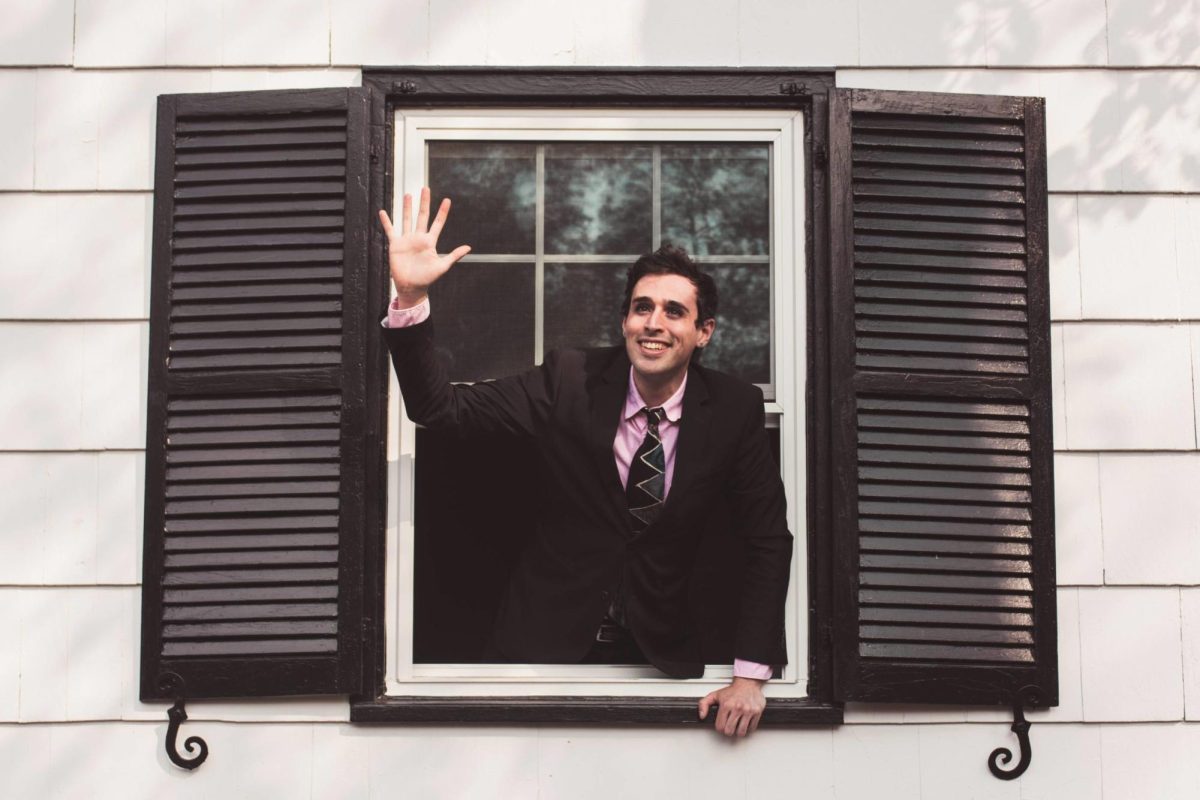



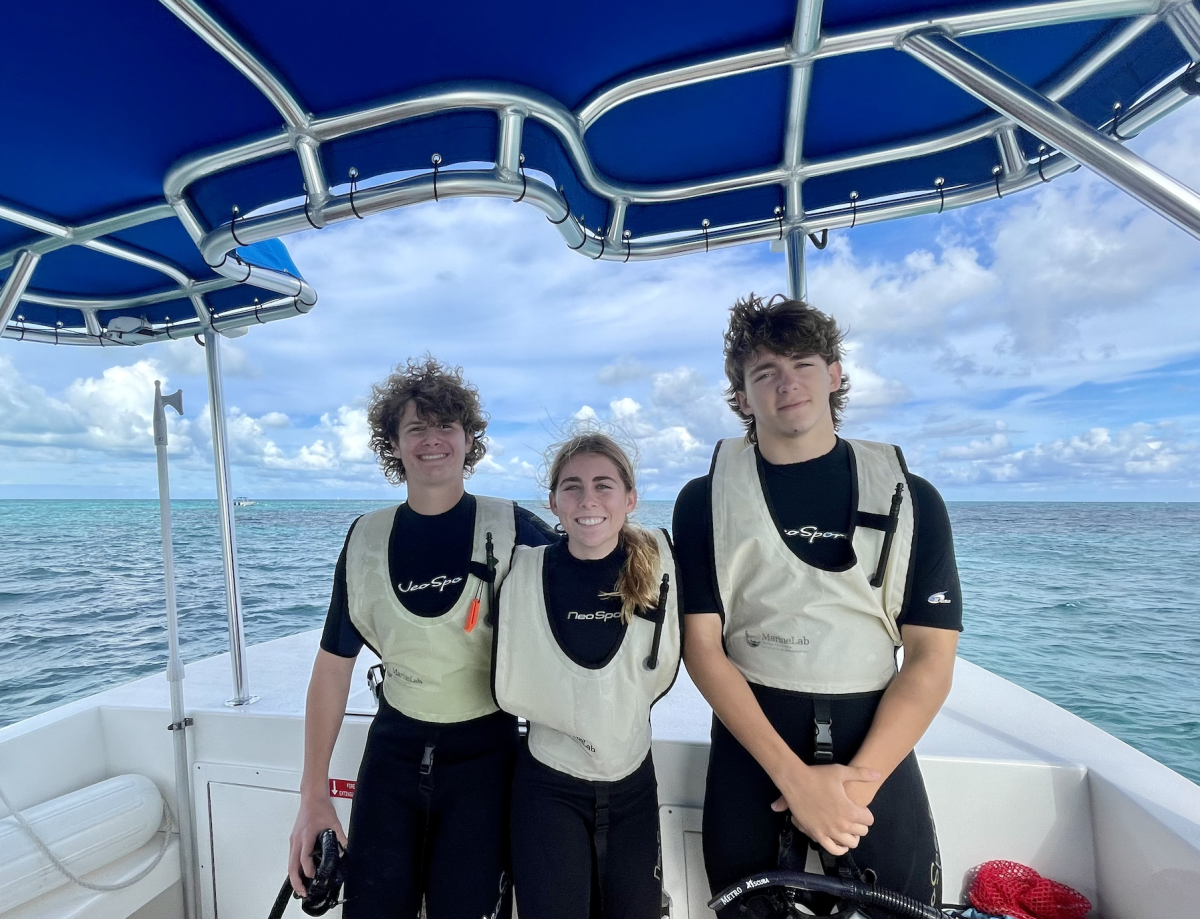

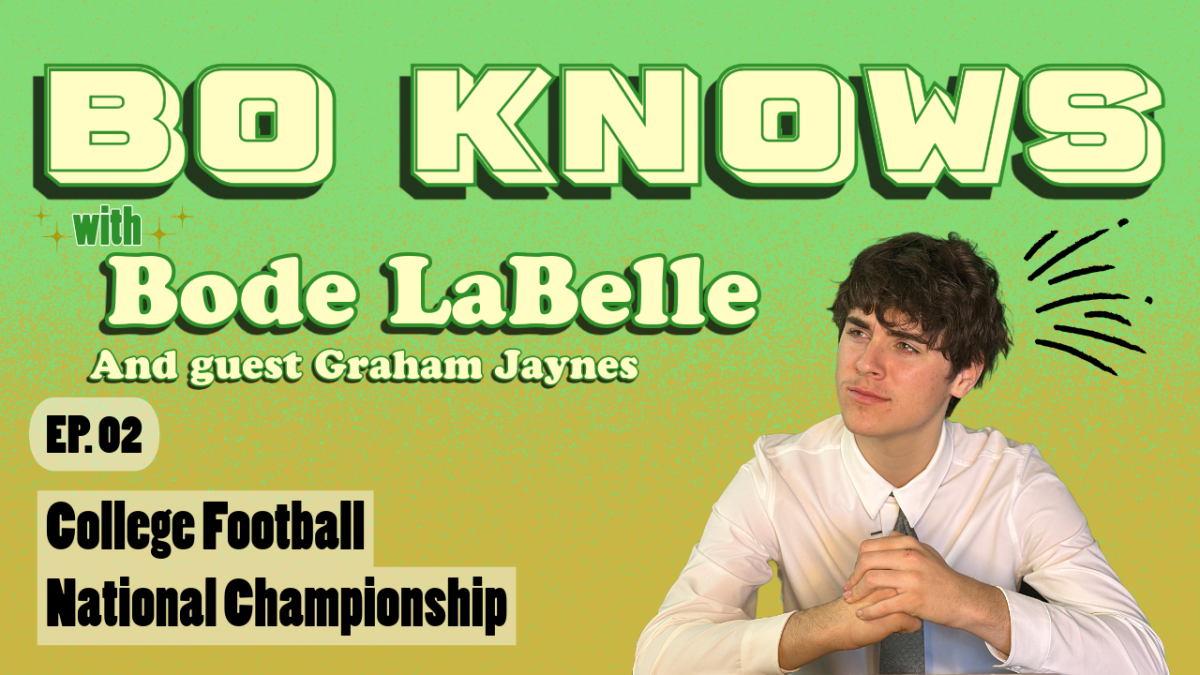
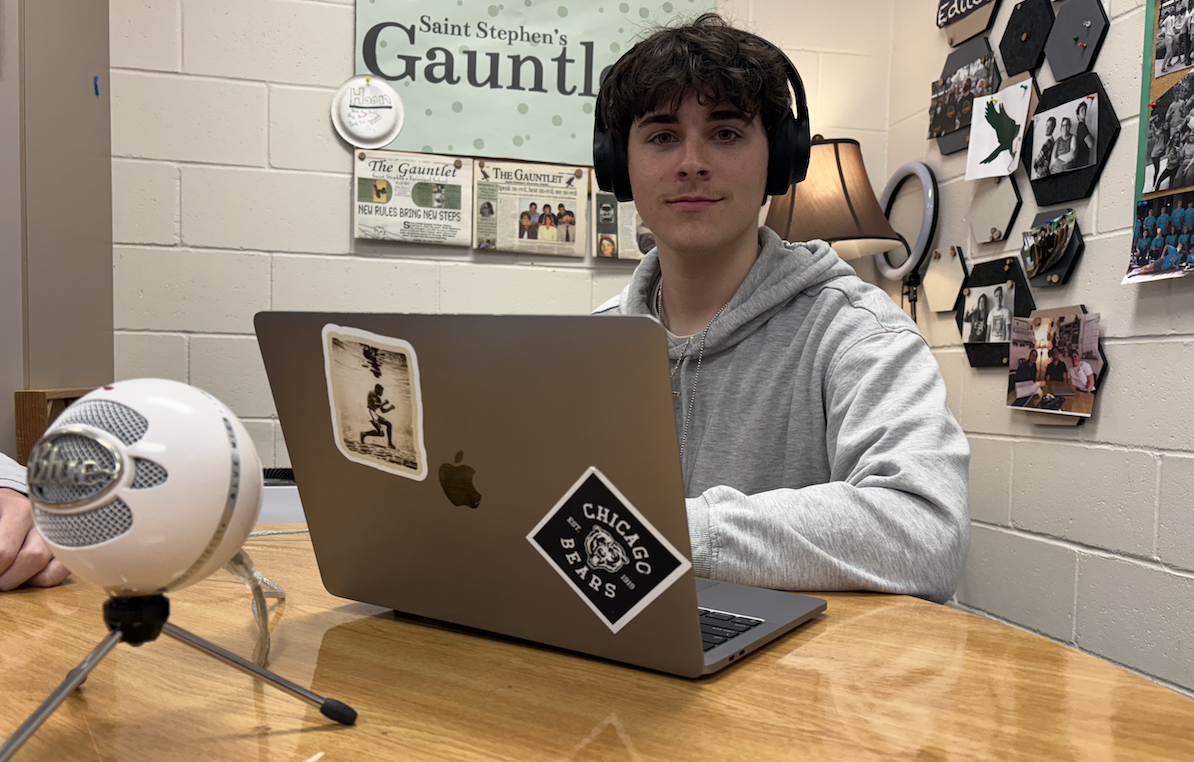
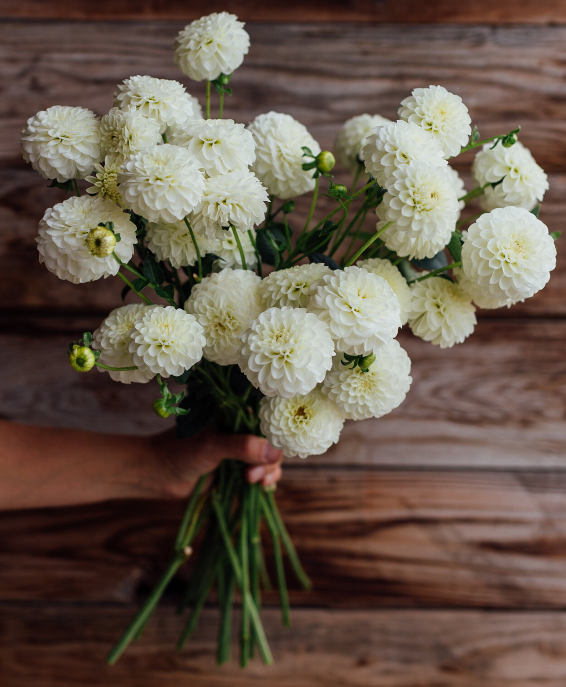

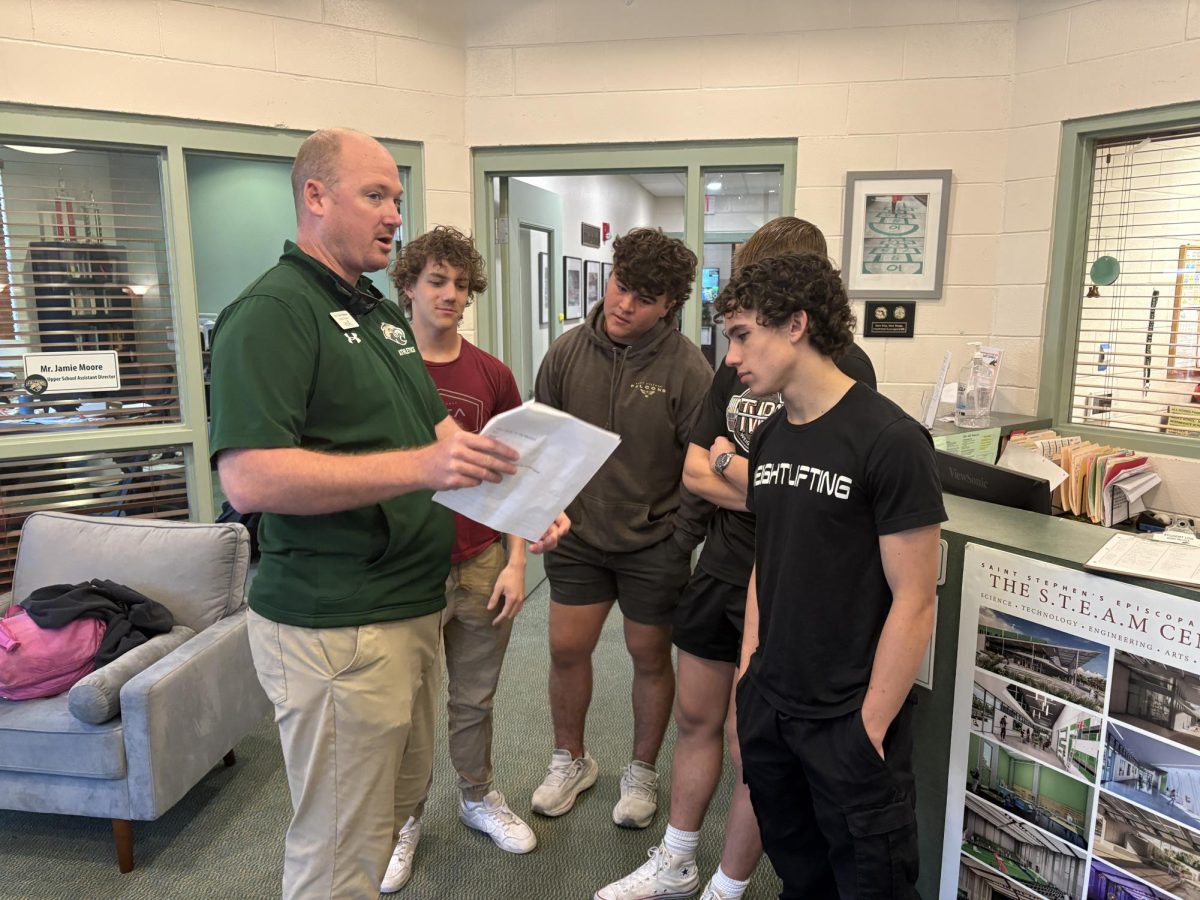
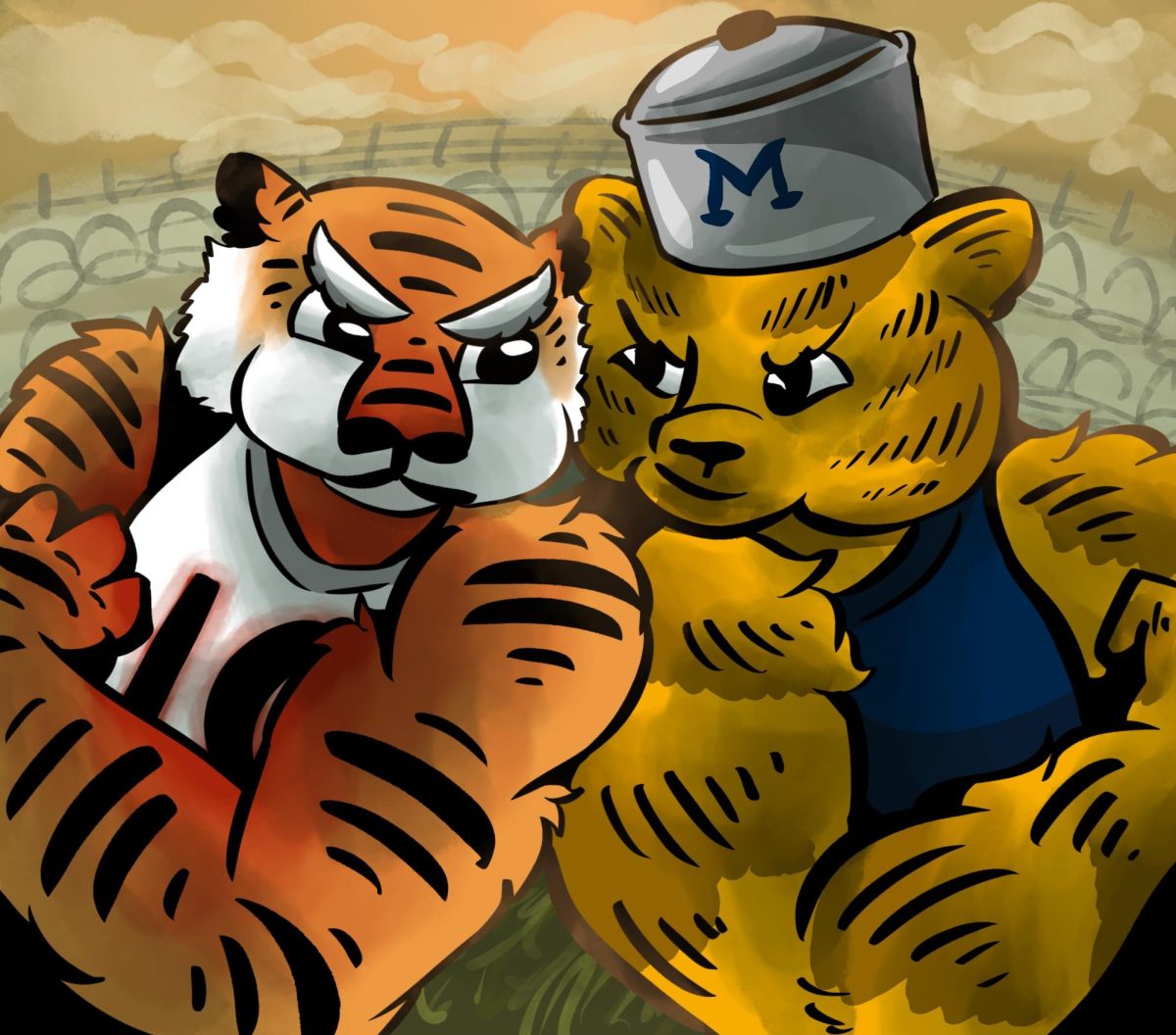














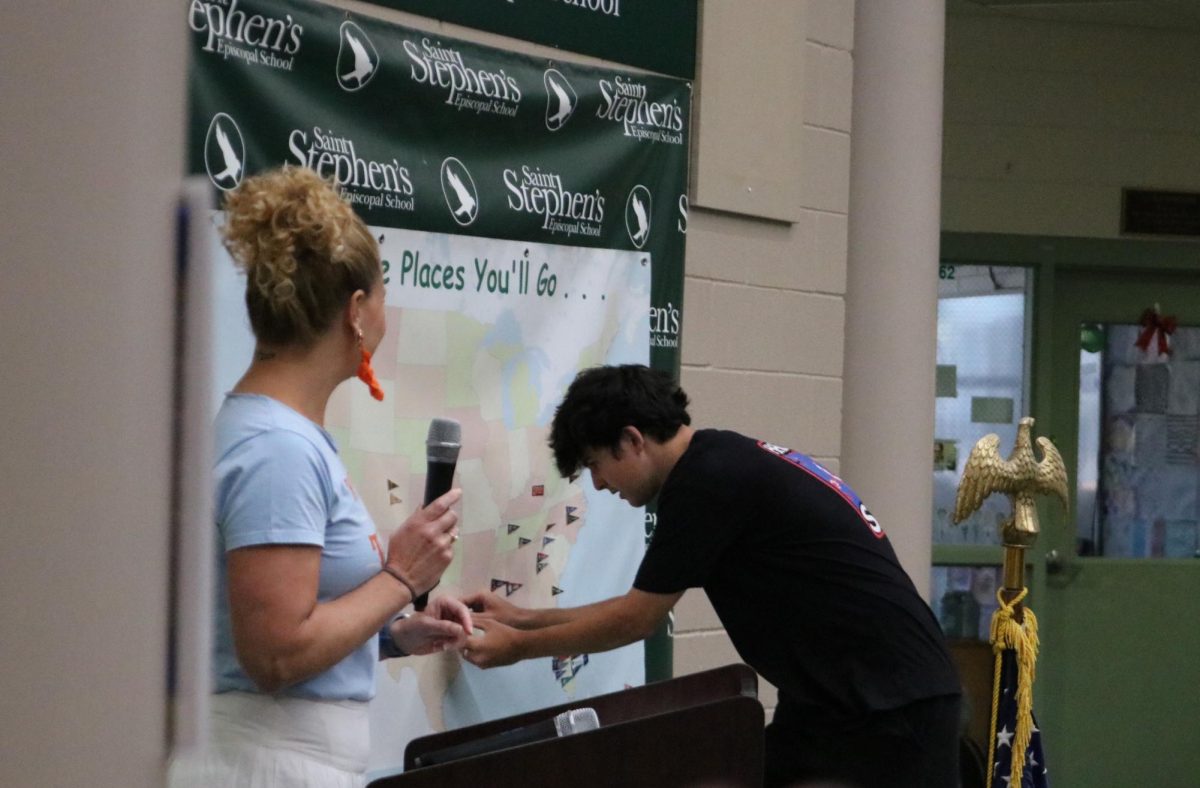
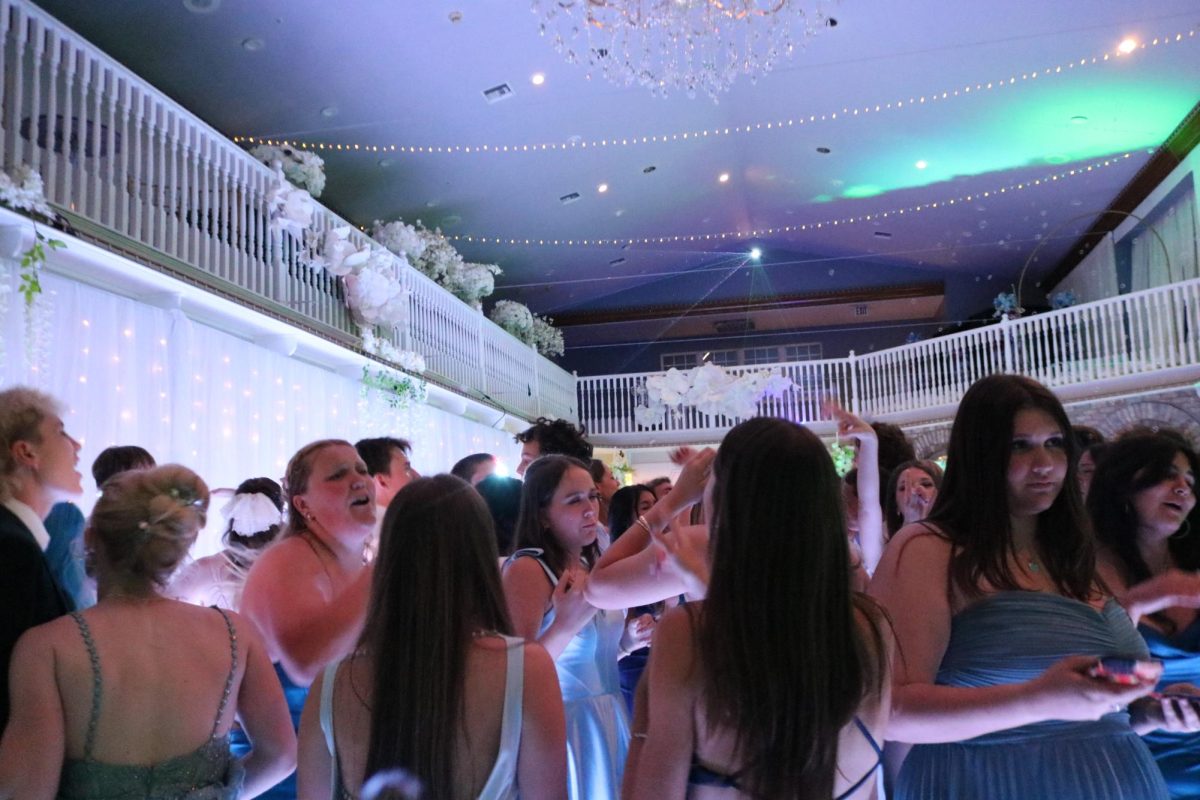



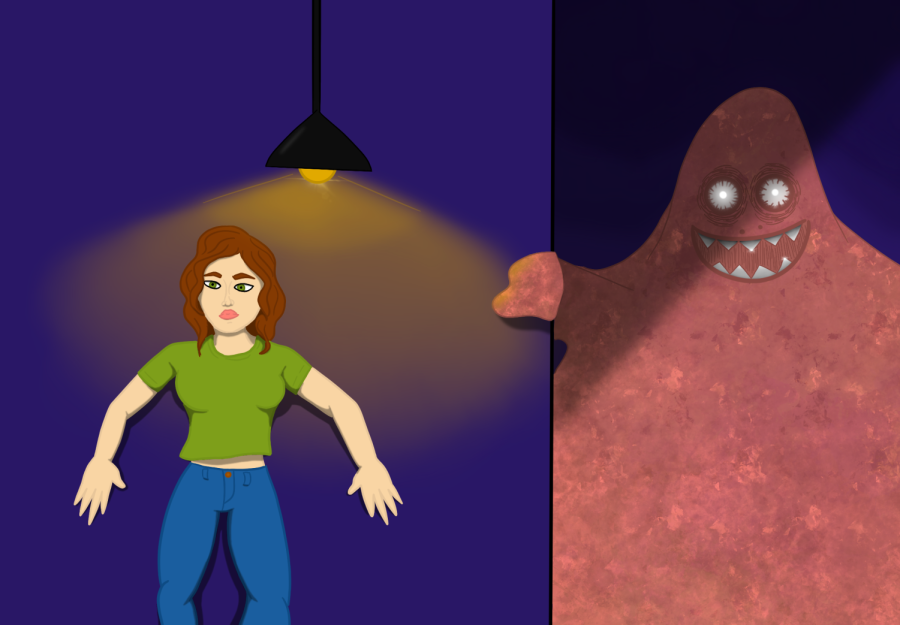



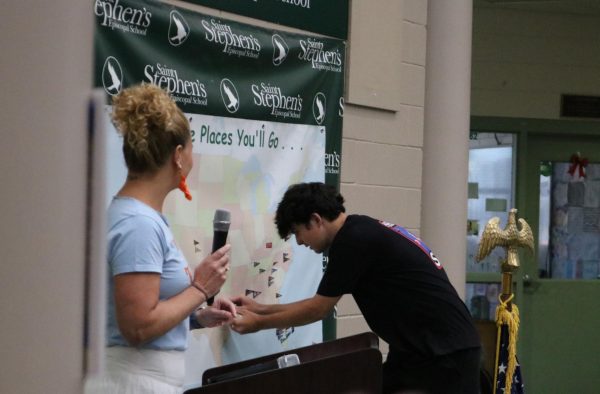


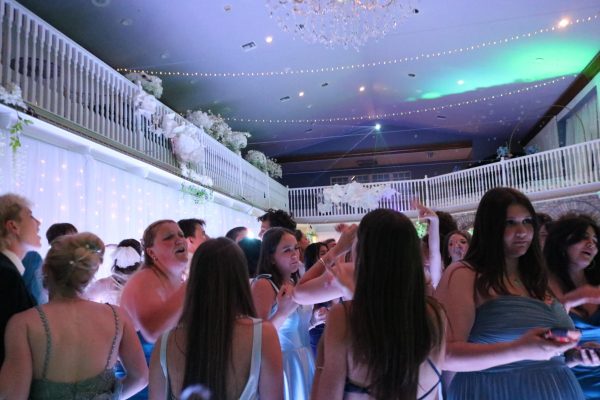



Davidson Marilyn M • Mar 5, 2022 at 8:43 pm
I love that you are so brave and mature! I’m not sure that many girls in high school would be able to put this type of info on paper! But, because you have done so, I feel you have helped others who are suffering,
whether from pain or embarrassment.
Bravo, Sarabeth!! What an amazing future you will have!! It’s already begun!!
Would love to see you! Marilyn Davidson
Adrian • Aug 20, 2023 at 2:18 pm
BRAVO!